Get to grips with the some of the more obscure tasting notes used by wine experts, with graphics from the Decanter design team...
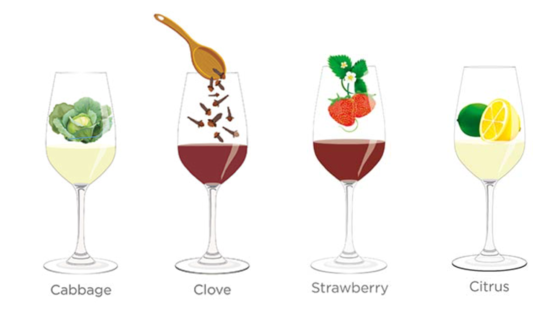
Cabbage
As you might imagine, wine with pungentcabbage notes is not generally what the winemaker intended. It can be identified as a tangy vegetal flavour or aroma, often calling forth over-stewed school dinner cabbage leaves.
Stewed or rotten cabbage aromas could flagup reduction in red or white wines, caused by a lack of oxygen during winemaking, which can create chemical compounds called mercaptans, also knownas thiols.
Some wines affected by mercaptans could beimproved by the addition of an old copper penny, because copper sulphate canreact with the mercaptans to remove unpleasant odours.
However, this is by no means a sure cure.
Other mercaptan indicators include whiffsof garlic, rotten eggs, burnt rubber and struck matches.
If subtle and balanced correctly, somereductive characteristics can be desirable.
‘Thestruck match character associated with some barrel-fermented Chardonnays orSemillon-Sauvignon blends is a reductive one, as are the smoky/gunflint aromasof many Sauvignon Blancs,’ said Natasha Hughes MW in her guide to common wineflaws and wine faults.
Other positive examples include SavignolaPaolina, Chianti Classico Riserva, Tuscany 2009, noted as ‘vegetal with sweat, cabbage and other unlikely descriptors’.
Whereas Jordan, Alexander Valley, Sonoma County 2009 is described as smelling like ‘red cabbage in a good way’, makingfor an ‘intriguing and interesting’ wine.
Sources: Wine Faults: Causes, Effects,Cures by John Hudelson | Decanter.com
Clove
Cloves are the dried flower buds of an evergreen tree native to Indonesia, commonly used as an aromatic cooking ingredient, and in the festive season you might find them bobbing in your mulled wine.
However cloves are not added during regular winemaking practices, but the impression of them might be created duringoak-ageing. Clove notes can come from an aroma compound called eugenol, whichis found in both oak and cloves.
The influence of eugenol on the resultantwine depends on factors such as how the wood has been toasted or seasoned, and how long the wine spends in oak.
Because clove notes usually come from oak influences, they are categorised as a secondary aroma, alongside notes like sandalwood, vanilla and cedar. In the wine lexicon they’re classified as asweet, rather than pungent, spice — like cinnamon, nutmeg and ginger.
You can look for clove-like flavours andaromas in wines such as classic oak-aged reds from Bordeaux, such as ChâteauL’Eglise-Clinet, Pomerol 2016, where oaky notes of cinnamon and clove are integrated with primary dark fruit notes.
Clove can also be present in Bordeaux-style blends from Californian regions like Sonoma County and Napa Valley. For example Opus One, Napa Valley, California 2014 and the ‘Pomerol-inspired’ Verité, LaMuse, Sonoma County 2014.
Sources: Handbook of Enology, The Chemistryof Wine: Stabilization and Treatments edited by Pascal Ribéreau-Gayon, Y.Glories, A. Maujean, Denis Dubourdieu | Decanter.com
Strawberry
Strawberry falls into the red fruit flavour category, along with notes like raspberry, cherry and jam. It can be experienced as an flavour, but is most commonly identified as a wine aroma. It’s created by the fragrant organic compound called ethly methylphenylglycidate, also known as an ester.
Strawberry notes can usually be found inlight reds such as Californian Zinfandel wines, and New Zealand Pinot Noirs. Aswell as among the complex aromas of more tannic wines made from the Sangiovese and Nebbiolo varietals.
Strawberry aromas are also expressed byrosé wines, such as Domaine Delaporte’s rosé from Sancerre and Famille Negrel’sLa Petite Reine rosé from Bandol. Or even in sparkling rosé wines, such as The Wine Society’s Champagne Rosé and Exton Park’s Pinot Meunier.
The nature of the strawberry aroma can range from an attractive berry freshness, to an unpleasant cloying fruitiness. For example, sommelier Laure Patry praises Erath Vineyards’ Oregon Pinot Noir2012 for its ‘bright and fresh with ripe strawberry aromas’. But it can be distasteful if over-pronounced, in these instances it might be paired with words like ‘cooked’ or ‘stewed’.
Benjamin Lewin MW claims the ‘strawberry notes of Pinot Noir’ are ‘released or created by yeast during fermentation’,and he argues that different strains of yeasts can be used to enhance certain aspects of a wine’s flavour profile.
Citrus
As a tasting note, citrus is defined by high acidity and fresh fruit flavour; characteristics that can be found in many white wines.
Although wine may not reach the acidity level of, say, lemonade, it can have a strong acidic structure that recalls sharpness of fresh lemon, lime or grapefruit on the nose and palate.
It may also be found alongside notes like‘mineral’ or ‘steely’, because certain high acidity wines can feel almost hard-edged in the mouth, lacking in sweet fruit flavours. Accompanying notes ofmore sour fruits, like green apples or pears, are relatively common.
In wine, citrus is categorised as a primary aroma, because it relates to the flavour of the grapes themselves as opposed to winemaking or aging processes.
Examples of citrussy wines can include young dry whites like Vermentino, Verdejo, Albariño and Sauvignon Blanc.
SEE: Uvaggio, Vermentino, Lodi, California2013 | Beronia, Verdejo, Rueda, Spain 2016 | Eidosela, Albariño, Rias Baixas,Galicia, 2011 | Cloudy Bay, Sauvignon Blanc, Marlborough, New Zealand 2016 |Domaine Guyot, Les Loges, Pouilly-Fumé, Loire 2015
Note: citrus can sometimes be detected as citrus peel or zest, which might suggest a more pithy and intensely aromatic character than citrus juices. This is because the pungent odour of citrus fruits comes from the chemical compound limonene, which is located in the peel.
Translated by ICY
All rights reserved by Future plc. No part of this publication may be reproduced, distributed or transmitted in any form or by any means without the prior written permission of Decanter.
Only Official Media Partners (see About us) of DecanterChina.com may republish part of the content from the site without prior permission under strict Terms & Conditions. Contact china@decanter.com to learn about how to become an Official Media Partner of DecanterChina.com.

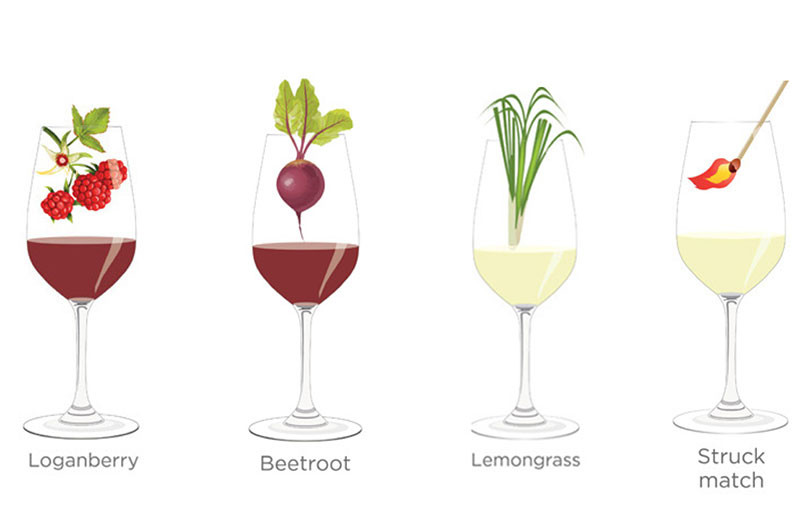
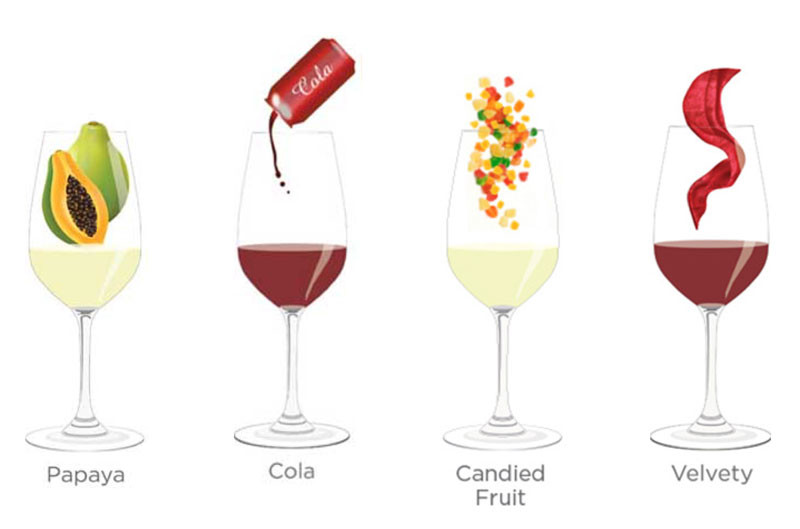
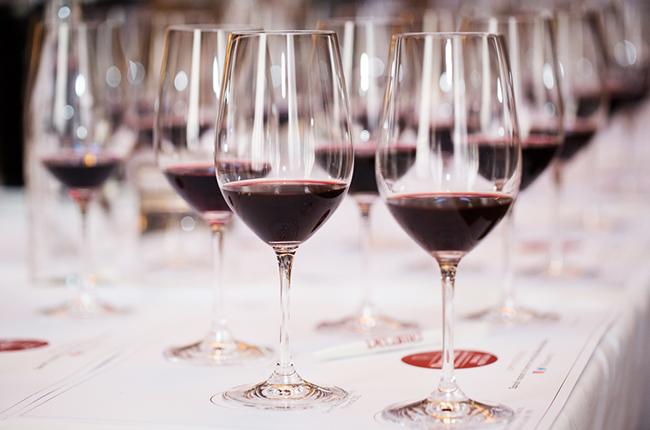
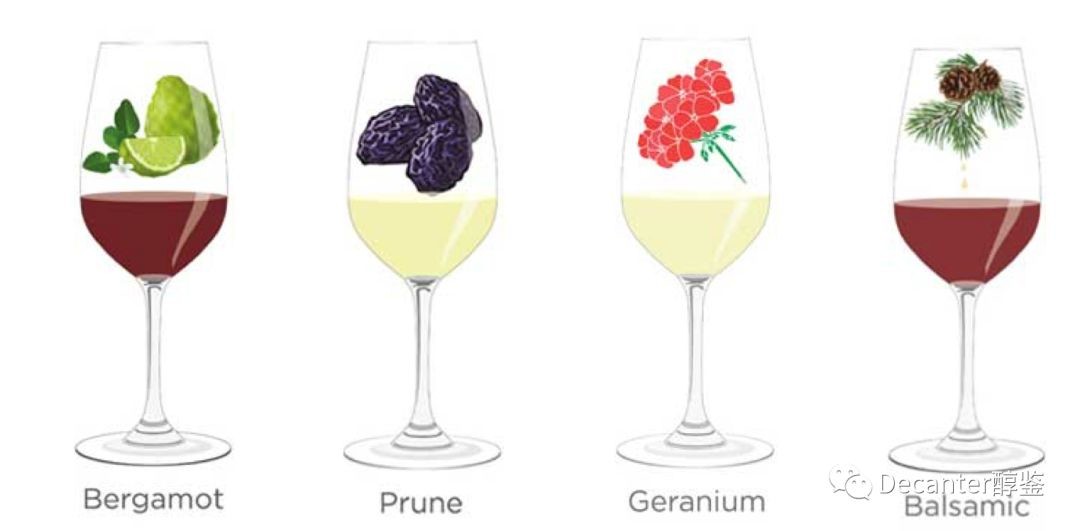
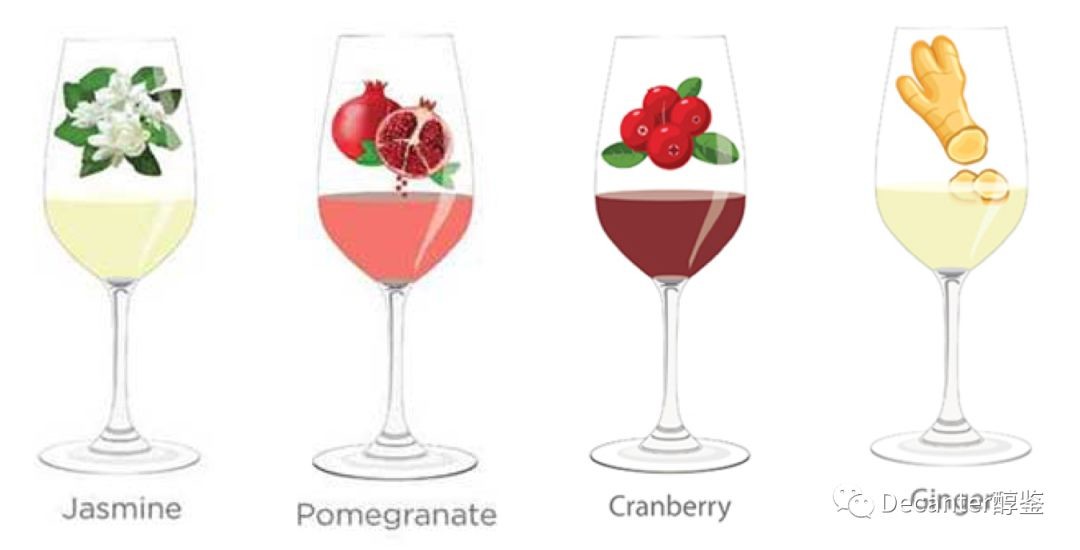
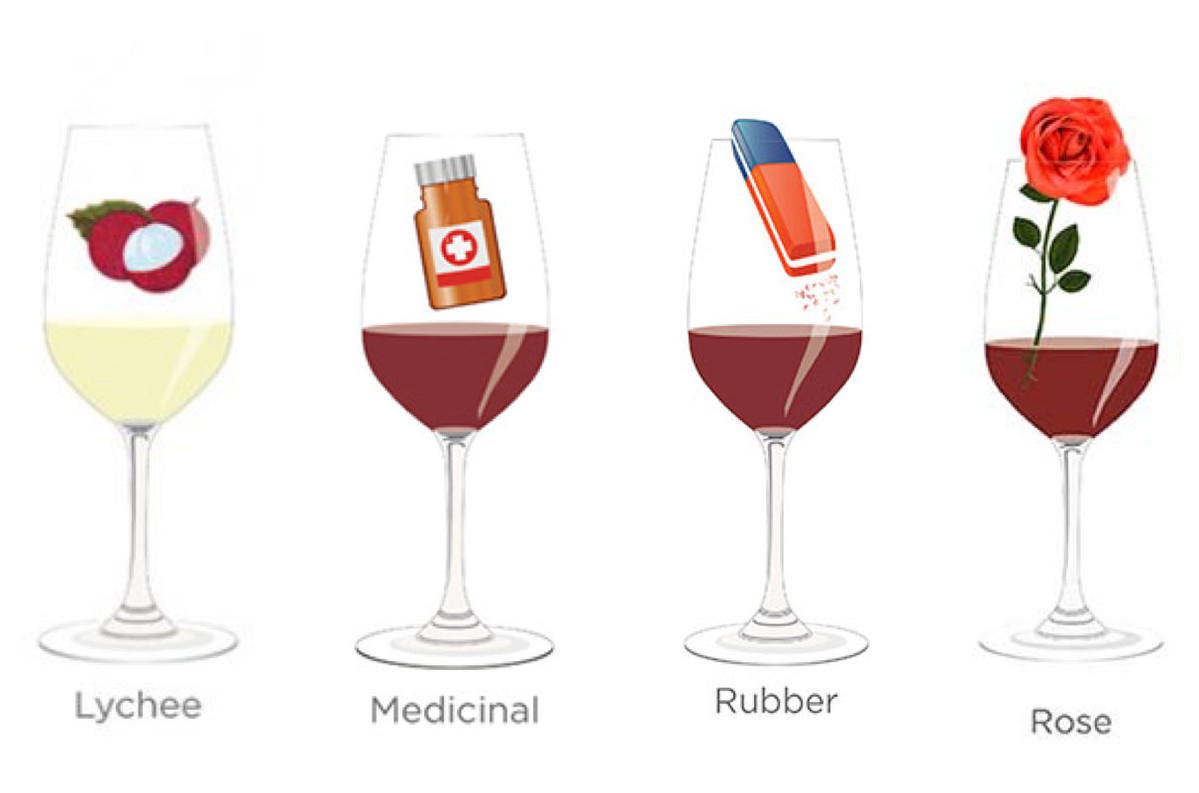
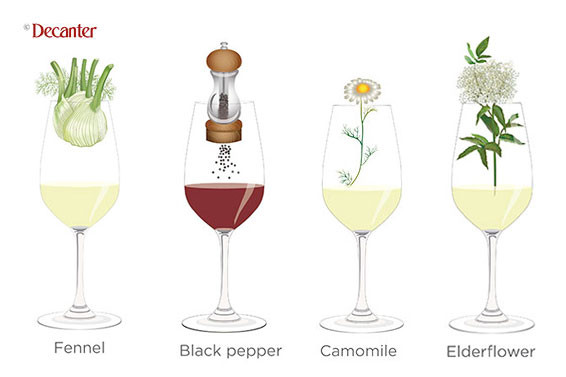
Comments
Submit